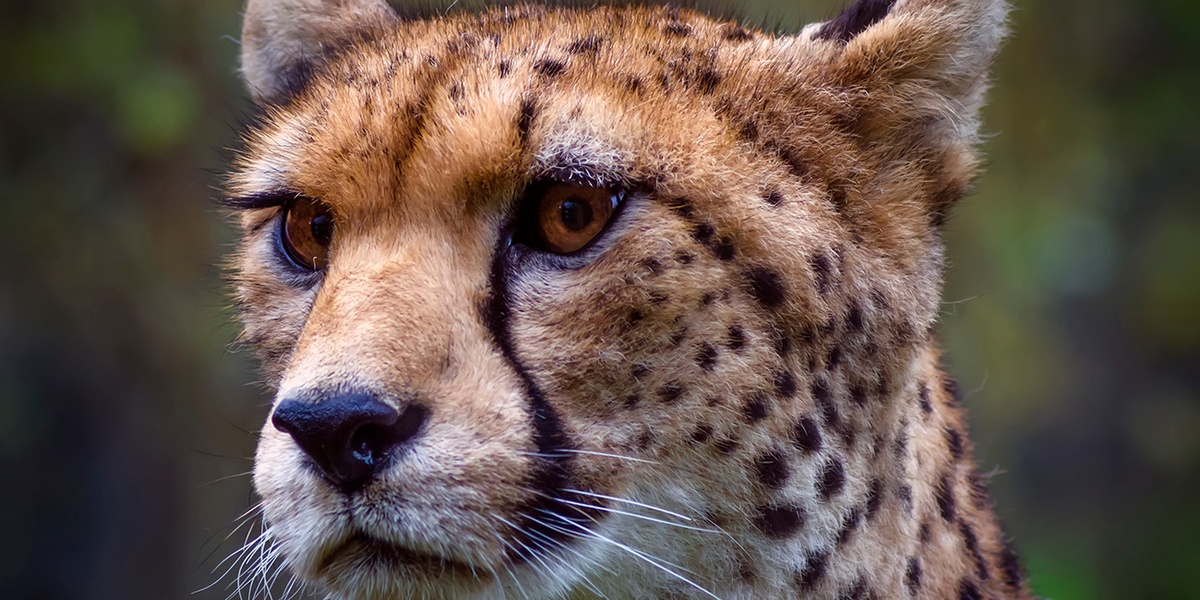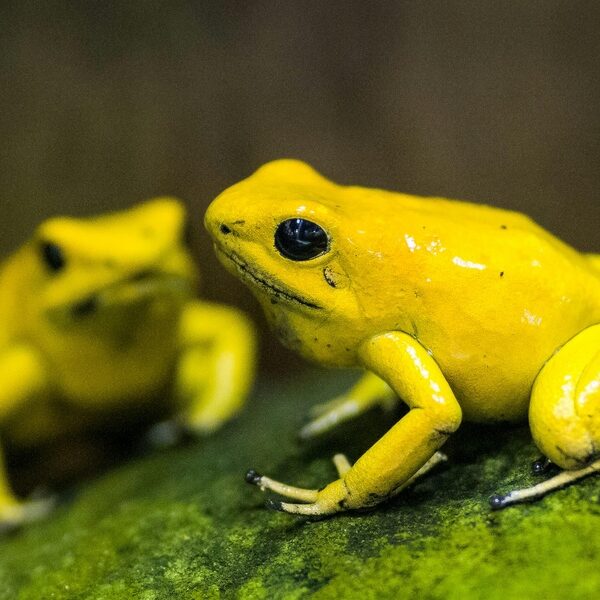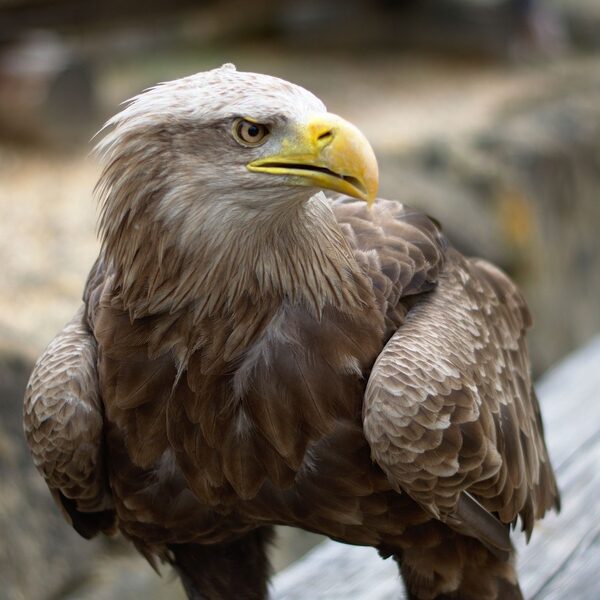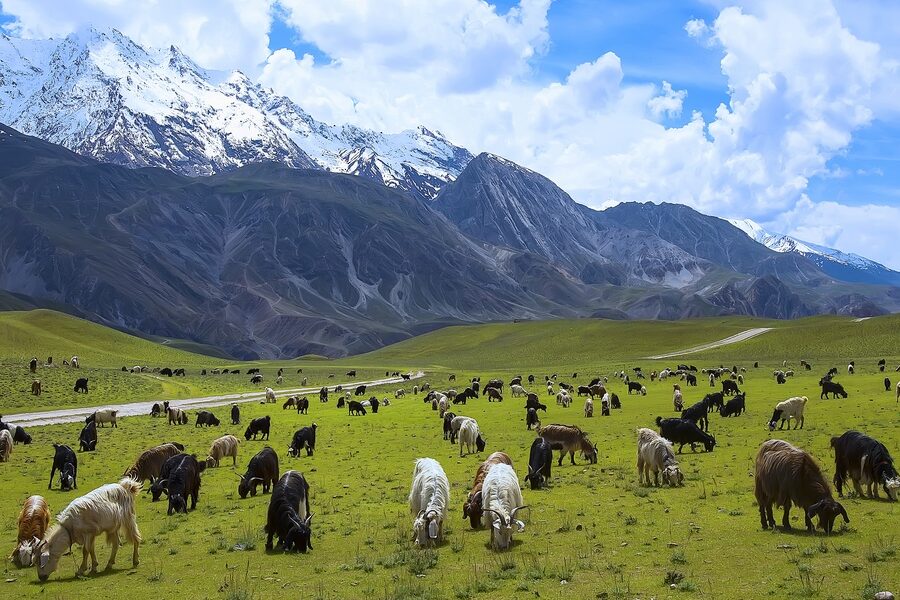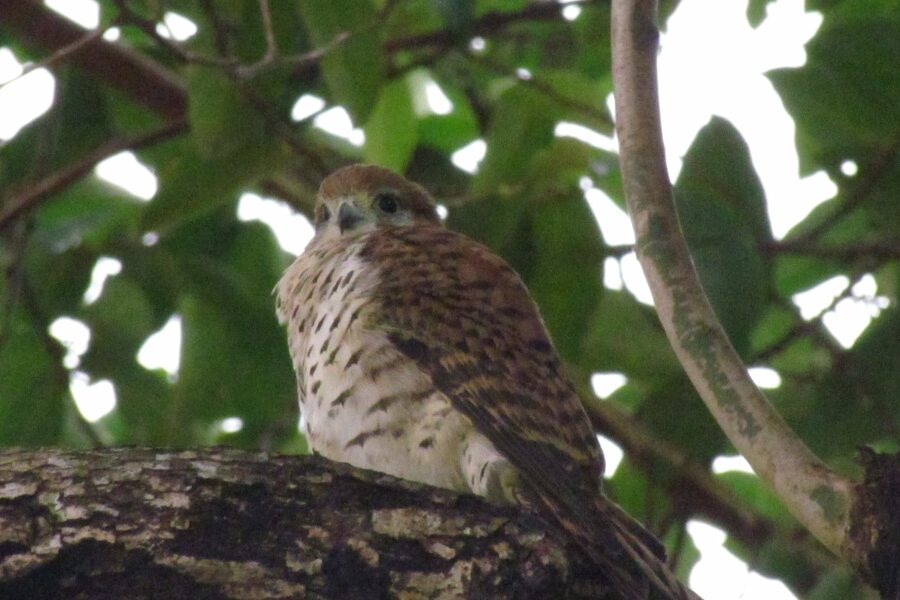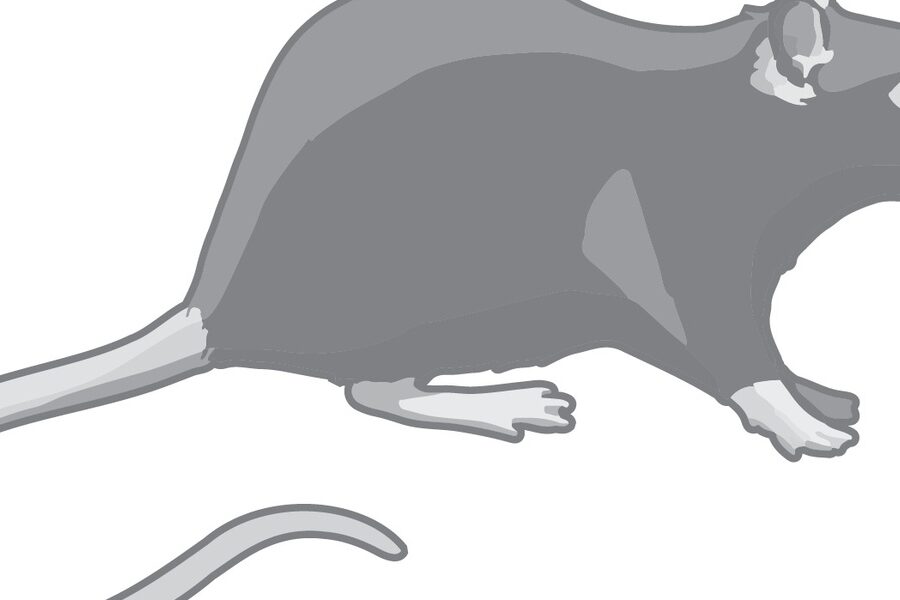Mauritania’s mix of Sahara dunes, Atlantic coastline and seasonal Sahel supports a surprising variety of wildlife — much of it rare and often overlooked. Between remote desert plains and coastal islands, species survive in isolated pockets shaped by climate, habitat loss and changing human activity.
There are 13 Rare Animals in Mauritania, ranging from Addax to West African Crested Tern. For each species, entries are organized with Scientific name,Conservation status,Where found (habitat & range) so you can quickly see identification, threat level and distribution — details you’ll find below.
How threatened are these species and what conservation measures exist in Mauritania?
Many are listed as threatened due to habitat loss, hunting and climate pressures; the Addax, for example, faces severe decline while coastal birds like the West African Crested Tern are vulnerable to disturbance. Mauritania has protected areas and migratory bird agreements, but enforcement and targeted recovery programs vary, so international collaboration and local management remain important.
Can visitors see any of these rare animals in the wild, and where should they go?
Some species can be observed with patience: coastal reserves and Banc d’Arguin are good for migratory and coastal birds, while sightings of desert species are rare and usually require guided, low-impact trips to remote zones. Respect local rules and seasonal restrictions to avoid stressing fragile populations.
Rare Animals in Mauritania
| Name | Scientific name | Conservation status | Where found (habitat & range) |
|---|---|---|---|
| Mediterranean Monk Seal | Monachus monachus | Critically Endangered | Coastal caves of the Cap Blanc Peninsula |
| Dama Gazelle | Nanger dama | Critically Endangered | Sahelian grasslands and acacia scrub, southeastern border |
| Addax | Addax nasomaculatus | Critically Endangered | Historically in sandy desert seas (ergs) |
| Saharan Cheetah | Acinonyx jubatus hecki | Critically Endangered | Historically in desert plains and rocky uplands |
| Slender-horned Gazelle | Gazella leptoceros | Endangered | Remote sand seas (ergs) in the north |
| Barbary Sheep | Ammotragus lervia | Vulnerable | Rocky massifs of the Adrar and Tagant plateaus |
| Sand Cat | Felis margarita | Near Threatened | Sandy and stony deserts nationwide |
| Desert Crocodile | Crocodylus suchus | Vulnerable; Critically Endangered (nationally) | Isolated freshwater pools (gueltas) in the Adrar and Tagant plateaus |
| African Spurred Tortoise | Centrochelys sulcata | Endangered | Southern Sahelian scrubland along the Senegal River border |
| Green Sea Turtle | Chelonia mydas | Endangered | Coastal waters and nesting beaches in Banc d’Arguin National Park |
| West African Crested Tern | Thalasseus albididorsalis | Endangered | Nesting on sand islands in Banc d’Arguin National Park |
| Lappet-faced Vulture | Torgos tracheliotos | Endangered | Open arid plains and semi-desert countrywide |
| Black Crowned Crane | Balearica pavonina | Vulnerable | Wetlands of the Senegal River Valley and Diawling National Park |
Images and Descriptions
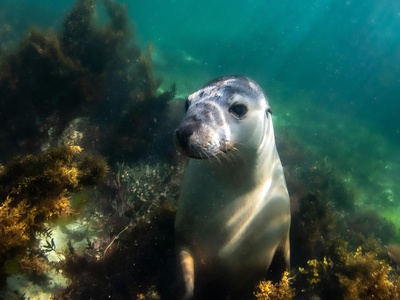
Mediterranean Monk Seal
Mauritania hosts the world’s largest surviving colony of this critically endangered seal. Found in sea caves near Nouadhibou, these shy marine mammals are making a fragile recovery thanks to strict protection of their last major stronghold.
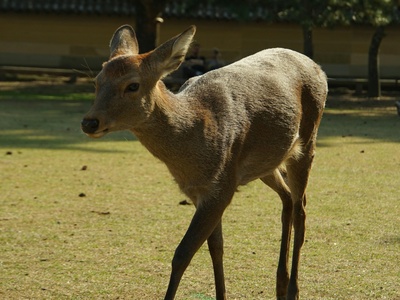
Dama Gazelle
This strikingly beautiful and large gazelle is on the brink of extinction and likely extirpated from Mauritania. Once common in the Sahel, its population has been decimated by uncontrolled hunting, drought, and habitat loss, making any sighting exceptionally rare.
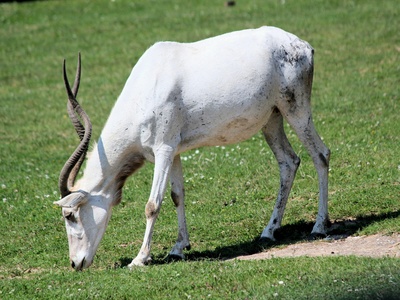
Addax
This iconic, white-coated desert antelope with magnificent spiral horns is now considered extinct in the wild in Mauritania. Perfectly adapted to survive without free-standing water, it fell victim to mechanized poaching, a ghost of the deep Sahara.
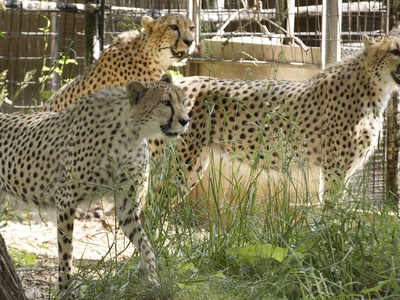
Saharan Cheetah
This pale, slender cheetah subspecies is likely extinct in Mauritania. Adapted for hyper-arid conditions, it was the region’s top predator. Its disappearance highlights the extreme vulnerability of large carnivores in the face of human pressures and habitat loss.
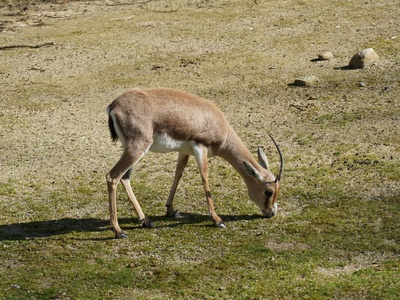
Slender-horned Gazelle
This pale gazelle is a true phantom of the desert, perfectly camouflaged against the sand. With only a few hundred individuals left in the wild, it is extremely rare and threatened by vehicle disturbance and illegal hunting in its remote habitat.
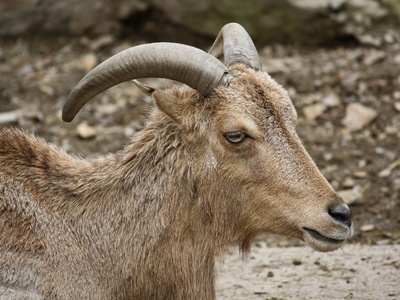
Barbary Sheep
Also known as the Aoudad, this large, sure-footed wild sheep navigates steep, rugged cliffs with ease. Its populations are small and isolated in Mauritania’s mountains, threatened by poaching and competition for water and grazing with domestic livestock.
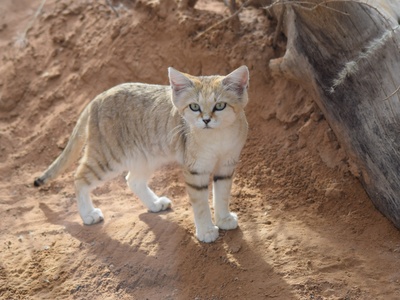
Sand Cat
This small, elusive nocturnal cat is a master of desert survival, with wide, furry paws that act like snowshoes on sand. Its exceptional camouflage and secretive nature make it incredibly difficult to find, and it is threatened by habitat degradation.
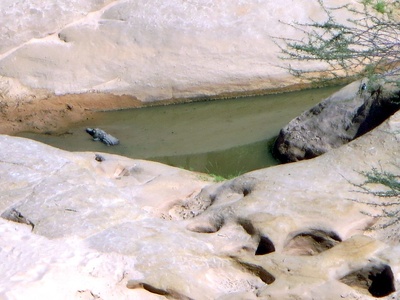
Desert Crocodile
A relic population of West African crocodiles, trapped in desert oases when the Sahara dried up thousands of years ago. These few dozen individuals are a living link to a greener past, highly vulnerable to drought.
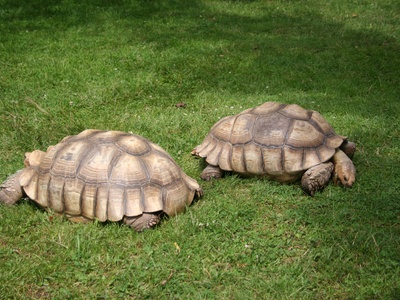
African Spurred Tortoise
The world’s third-largest tortoise species, it survives the dry season by digging deep burrows. In Mauritania, it is found only in the far south, where its habitat is shrinking due to agriculture and desertification.
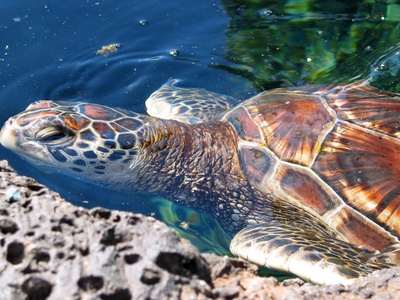
Green Sea Turtle
Mauritania’s coast, especially the seagrass beds of Banc d’Arguin, is a vital feeding ground for this large marine turtle. Nesting females are rare, facing threats from bycatch in fishing nets and degradation of their coastal habitats.
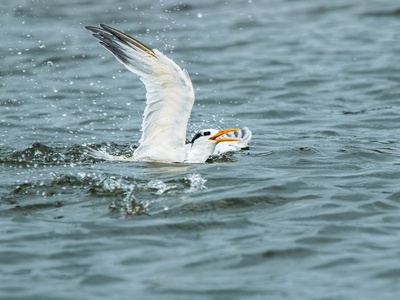
West African Crested Tern
Banc d’Arguin hosts the world’s largest breeding colony of this graceful seabird. Though abundant within the park during breeding season, its global population is small and entirely dependent on a few protected West African sites, making it rare.
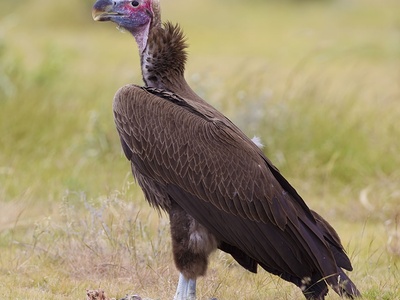
Lappet-faced Vulture
With its huge wingspan and powerful beak, this is one of Africa’s most formidable vultures. It is now rare across the Sahara due to intentional poisoning of carcasses, reduced food availability, and collisions with power lines.
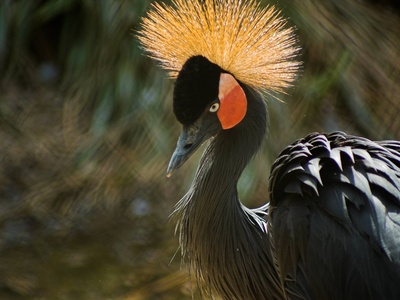
Black Crowned Crane
This elegant crane with a stunning golden crown is found only in the wetlands of Mauritania’s southern border. Its small population is threatened by habitat loss from dam construction, rice cultivation, and drought, making it a rare spectacle.
